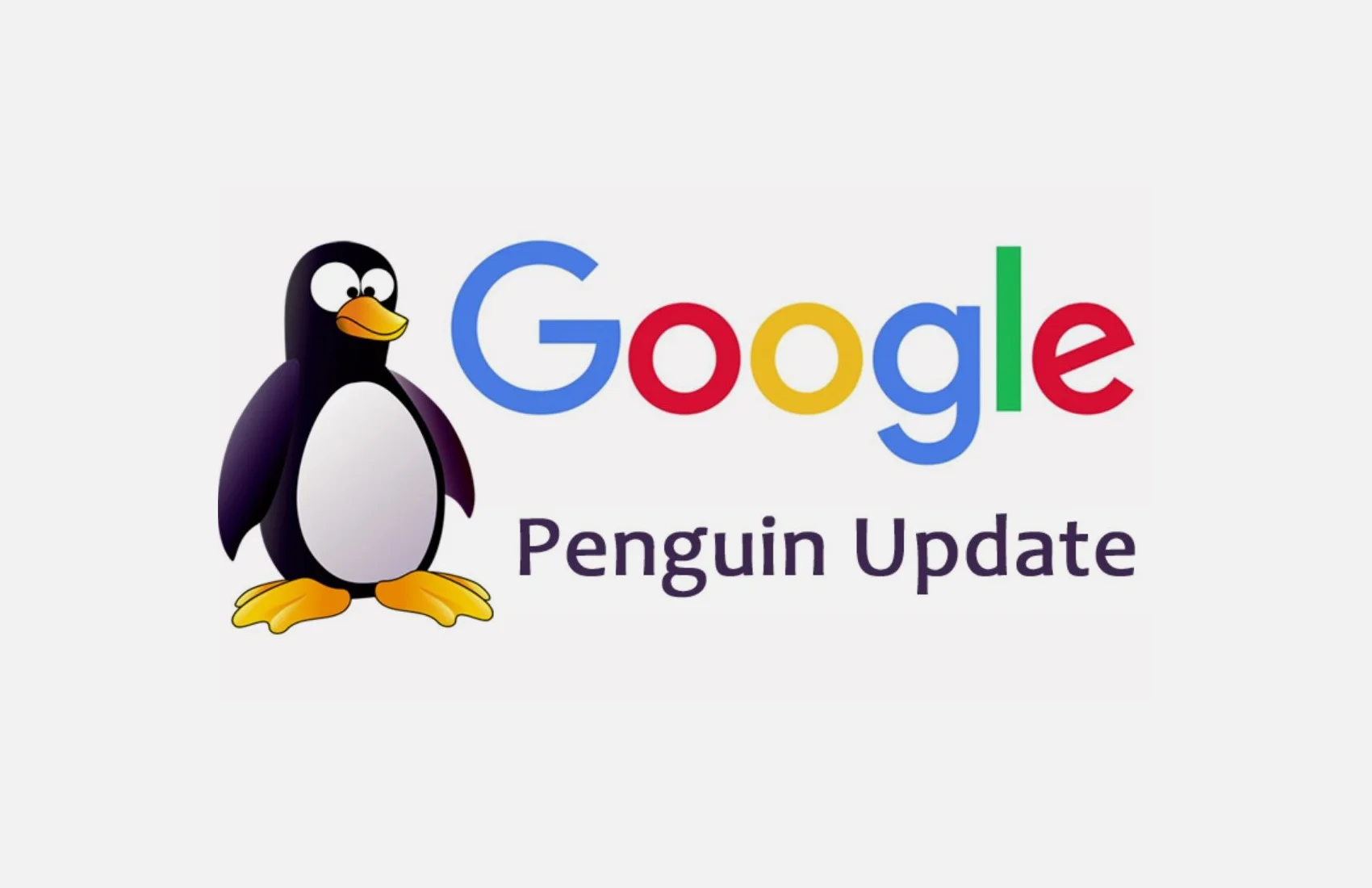Google Penguin Update: Why? How? When? How To?

In the dynamic world of digital marketing, search engine optimization (SEO) remains the cornerstone of online success. As businesses strive to rank higher on search engine results pages (SERPs) and attract organic traffic, staying abreast of Google’s algorithm updates is crucial. One such significant update that shook the SEO landscape was the Google Penguin update.
What is the Google Penguin Update?
Launched on April 24, 2012, the Google Penguin update aimed to combat spammy link building practices and manipulative SEO tactics. Named after the aquatic bird known for its black and white color scheme, the Penguin update targeted websites violating Google’s Webmaster Guidelines by engaging in activities such as keyword stuffing, cloaking, and unnatural link schemes.
How Does it Impact SEO?
The Penguin update brought about a paradigm shift in how websites approached link building and overall SEO strategies. Prior to Penguin, websites could boost their rankings by acquiring a large number of low-quality backlinks from irrelevant or spammy sources. However, with the update, Google started penalizing sites that engaged in such practices, leading to significant drops in rankings and organic traffic.
Changes Required in On-Page and Off-Page SEO
In the post-Penguin era, SEO practitioners had to reassess their strategies and adopt more ethical and sustainable approaches to on-page and off-page optimization.
On-Page SEO:
- Quality Content: Emphasis shifted towards creating high-quality, relevant content that provides value to users. Content had to be informative, engaging, and tailored to address the needs and queries of the target audience.
- Keyword Optimization: Rather than keyword stuffing, a more natural and strategic approach to keyword placement became essential. Websites had to conduct thorough keyword research and incorporate relevant keywords in their content in a way that enhances readability and user experience.
- User Experience (UX): Websites had to focus on improving UX factors such as page speed, mobile-friendliness, and intuitive navigation to enhance user satisfaction. Google prioritizes websites that offer a seamless browsing experience across devices, and optimizing for UX became imperative post-Penguin.
Off-Page SEO:
- Quality Backlinks: Instead of quantity, the focus shifted towards acquiring high-quality backlinks from authoritative and relevant websites. Websites had to prioritize building relationships with influencers, industry experts, and reputable publications to earn natural backlinks.
- Natural Link Building: Websites had to earn backlinks organically through content creation, relationship building, and networking within their industry. Guest blogging, influencer collaborations, and participation in industry forums became effective strategies for acquiring quality backlinks post-Penguin.
- Diverse Link Profile: Building a diverse link profile with a mix of anchor texts and link types became crucial to avoid triggering Google’s spam filters. Websites had to diversify their link-building strategies and ensure a natural link profile that reflects genuine user engagement and endorsement.
Why Did Google Introduce it?
Google introduced the Penguin update to maintain the integrity of its search results and ensure a positive user experience for its users. By penalizing websites employing manipulative tactics, Google aimed to level the playing field and reward websites that adhered to ethical SEO practices. The proliferation of spammy link building practices was not only detrimental to the quality of search results but also undermined the trust and credibility of Google as a search engine.
Impact on Businesses and SEO Professionals
The Penguin update had far-reaching implications for businesses and SEO professionals, requiring them to adapt their strategies to meet Google’s evolving guidelines. Many websites experienced a sudden drop in rankings and traffic following the rollout of Penguin, prompting them to reevaluate their SEO tactics and invest in quality-driven strategies. Businesses that relied heavily on black hat SEO techniques faced the brunt of Penguin’s penalties, while those committed to white hat SEO practices emerged stronger in the long run.
For SEO professionals, staying updated with Google’s algorithm updates became more critical than ever. Continuous learning, experimentation, and staying abreast of industry trends were essential to navigate the ever-evolving SEO landscape post-Penguin. Many SEO agencies and consultants revamped their service offerings to focus on holistic SEO strategies that prioritize quality content, user experience, and ethical link building.
Evolution of SEO Post-Penguin
In the years following the Penguin update, SEO evolved into a more holistic and user-centric discipline. Google continued to refine its algorithms to prioritize websites that offer genuine value to users while penalizing those attempting to manipulate search rankings through spammy tactics. The focus shifted from short-term gains to long-term sustainability, with businesses and SEO professionals embracing a more strategic and ethical approach to optimization.
Content Marketing and SEO Integration: Content marketing emerged as a cornerstone of effective SEO strategies post-Penguin. Rather than focusing solely on keyword optimization and link building, businesses started investing in high-quality content that resonates with their target audience. Content became the currency of SEO, serving as a vehicle for building brand authority, attracting organic traffic, and earning natural backlinks.
User Experience Optimization: User experience (UX) optimization became a key differentiator in SEO post-Penguin. Google’s emphasis on delivering relevant and user-friendly search results led to an increased focus on factors such as page speed, mobile responsiveness, and intuitive navigation. Websites that prioritize UX not only rank higher on SERPs but also enjoy higher engagement and conversion rates.
Mobile SEO: With the proliferation of smartphones and mobile devices, mobile SEO gained prominence post-Penguin. Google’s mobile-first indexing prioritizes mobile-friendly websites in search results, making mobile optimization imperative for businesses. Responsive design, fast loading times, and mobile-friendly content became essential elements of effective mobile SEO strategies.
Local SEO: The importance of local SEO grew significantly post-Penguin, especially for businesses targeting geographically specific markets. Google’s algorithm updates, including the Pigeon update, emphasized local relevance in search results, making local SEO optimization crucial for businesses with physical locations. Optimizing Google My Business listings, local citations, and location-based keywords became essential for improving local search visibility.
Conclusion
The Google Penguin update marked a significant turning point in the world of SEO, forcing websites to reevaluate their strategies and focus on quality over quantity. As Google continues to refine its algorithms, staying informed about updates like Penguin is essential for businesses and SEO professionals to stay ahead in the digital landscape. By embracing ethical SEO practices, prioritizing quality content, and delivering exceptional user experiences, businesses can not only survive but thrive in the competitive online environment.
For further insights into navigating the ever-evolving realm of SEO, check out my previous articles on SEO strategies for success and the power of technical SEO.


Leave a Reply